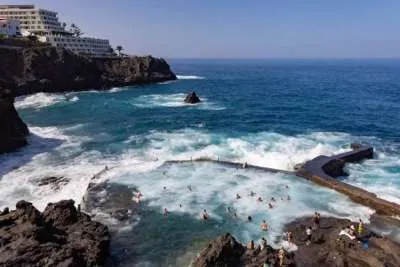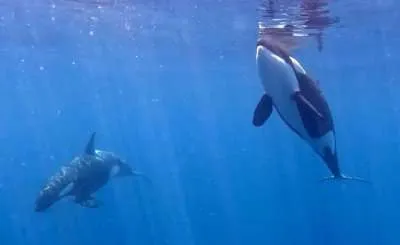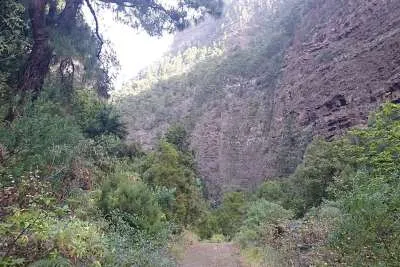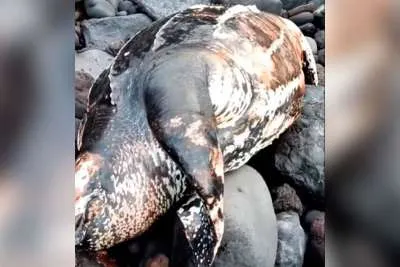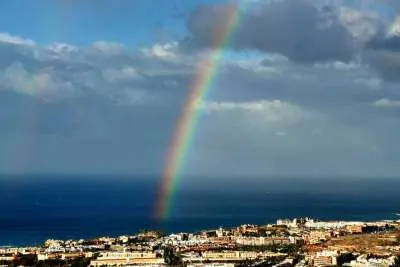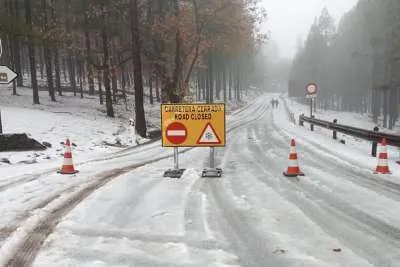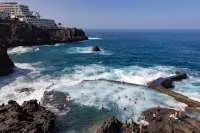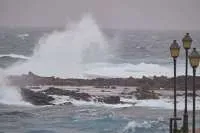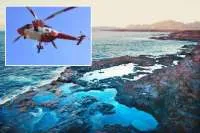Balancing Gaming Tourism and Island Sustainability: Finding harmony in paradise
- 28-10-2025
- Business
- Canarian Weekly
- Photo Credit: Freepik
Gaming tourism has emerged as one of the fastest-growing niches in the travel industry, with a remarkable 37% increase in dedicated gaming trips since 2023. As of early 2025, this sector generates approximately $18.7 billion annually worldwide, with island destinations capturing nearly 40% of this market.
The concept combines traditional holiday experiences with immersive gaming environments, attracting a demographic that spans multiple generations.
Recent data from the International Tourism Organisation shows that 64% of gaming tourists are between 25-40 years old, challenging earlier assumptions that this market primarily attracts younger travellers. Furthermore, these tourists stay an average of 7.3 days at their destinations, 2.1 days longer than conventional tourists, and spend approximately 43% more per day.
Environmental Impacts and Challenges
The rapid expansion of gaming tourism on islands presents significant environmental challenges. Islands hosting major gaming attractions from HadesBet Casino experienced a 28% higher rate of coastal development compared to similar islands without such facilities. This development has resulted in a 17% reduction in natural shoreline habitat on these destinations over the past three years.
Water consumption poses another serious concern. Gaming resorts consume an average of 327 gallons of water per guest per day – nearly triple the amount used in traditional accommodations. On islands with limited freshwater resources, this creates substantial pressure on local systems. For instance, Boracay Island in the Philippines reported that gaming resorts account for 41% of total water usage despite representing only 15% of accommodation capacity.
Energy demands also strain island infrastructure. High-tech gaming facilities require 3.8 times more electricity than conventional tourist accommodations of comparable size. This increase has forced many island destinations to rely more heavily on diesel generators, increasing carbon emissions by an estimated 22% in gaming-focused destinations between 2023 and 2025.
Socioeconomic Benefits and Opportunities
Despite environmental concerns, gaming tourism offers significant economic advantages to island communities. Employment data from 2025 indicates that gaming tourism creates 2.7 jobs per 100 visitors, approximately 40% more than traditional tourism models. These jobs also tend to offer 23% higher wages on average, particularly in technical and creative roles.
Moreover, the sector has demonstrated remarkable resilience. While traditional tourism on islands experienced a 12% decline during recent global economic fluctuations, gaming tourism maintained stable growth at 8% annually. This stability provides economic security for communities that have historically depended on seasonal tourism patterns.
Local Integration and Cultural Preservation
Some islands have successfully integrated local culture into gaming experiences. The Digital Heritage initiative, launched in 2024 across five Pacific islands, has incorporated traditional stories and cultural elements into gaming environments, resulting in:
- Increased interest in local traditions, with 68% of gaming tourists participating in authentic cultural activities
- Expanded market for local artisans, who have seen revenues increase by 34%
- Preservation of 12 endangered cultural practices through digital documentation
- Development of 23 locally-designed games featuring indigenous themes
Technology for Environmental Monitoring
Recent technological innovations offer promising solutions for mitigating environmental impacts. In 2025, several major gaming destinations implemented comprehensive environmental monitoring systems:
|
Technology |
Function |
Implementation Cost |
Environmental Impact Reduction |
|
Smart Water Systems |
Real-time monitoring and optimisation of water usage |
$1.2-3.5 million |
31% reduction in water consumption |
|
Solar-Powered Gaming Hubs |
Renewable energy integration for high-demand facilities |
$4.7-8.9 million |
47% reduction in carbon emissions |
|
Digital Preservation Mapping |
3D scanning of natural areas to monitor changes |
$0.8-1.7 million |
23% improvement in habitat preservation |
|
Waste-to-Energy Conversion |
Processing of tourism waste for energy production |
$5.3-9.1 million |
62% reduction in landfill waste |
These systems not only reduce environmental impact but also generate valuable data that helps refine sustainability strategies over time. For example, Palau’s implementation of smart water systems in gaming facilities has reduced freshwater extraction by 43% while maintaining visitor satisfaction ratings above 92%.
Regulatory Frameworks and Certification
In response to sustainability concerns, 27 island nations have developed specialised regulatory frameworks for gaming tourism in 2025. These frameworks typically include:
- Mandatory environmental impact assessments before development approval
- Requirements for 30-40% renewable energy usage in all new gaming facilities
- Water conservation targets and recycling mandates
- Contribution of 3-5% of gaming tourism revenue to conservation efforts
The Green Gaming Destination certification, launched in January 2025, provides a standardised metric for sustainability. To date, 14 islands have achieved certification, reporting an average 27% premium on room rates compared to non-certified competitors – demonstrating that sustainability can enhance profitability.
Case Studies: Success Stories
The Maldives has pioneered the concept of zero-footprint gaming, where facilities operate entirely on renewable energy and maintain water neutrality through advanced desalination and recycling systems. Since implementing these standards in late 2024, they’ve seen a 42% increase in gaming tourism while reducing their environmental impact by an estimated 63%.
Similarly, Fiji’s Digital Conservation program invites gaming tourists to participate in environmental restoration through both physical activities and virtual simulations. This innovative approach has resulted in the restoration of 147 acres of damaged coral reef and mangrove habitat while maintaining a satisfaction rating of 94% among participants.
Future Outlook
Projections for 2026-2030 suggest that gaming tourism on islands will continue to grow at approximately 12-15% annually, outpacing the broader tourism industry. However, this growth will likely concentrate on islands that successfully implement sustainable practices.
Research from the Sustainable Tourism Institute indicates that 76% of potential gaming tourists now consider environmental practices when selecting destinations – up from 51% in 2023. This trend presents both a challenge and an opportunity for island communities seeking to capitalise on this lucrative market while preserving their natural environments.
By balancing innovative gaming experiences with strong sustainability measures, island destinations can create a model that benefits local economies while protecting the very environments that make these places special. The most successful will be those who view sustainability not as a limitation but as an integral part of the gaming tourism experience itself.
Other articles that may interest you...
Trending
Most Read Articles

Featured Videos
A Vision of Elvis Tenerife Promo
- 10-05-2025
TEAs 2025 Highlights
- 17-11-2025



















